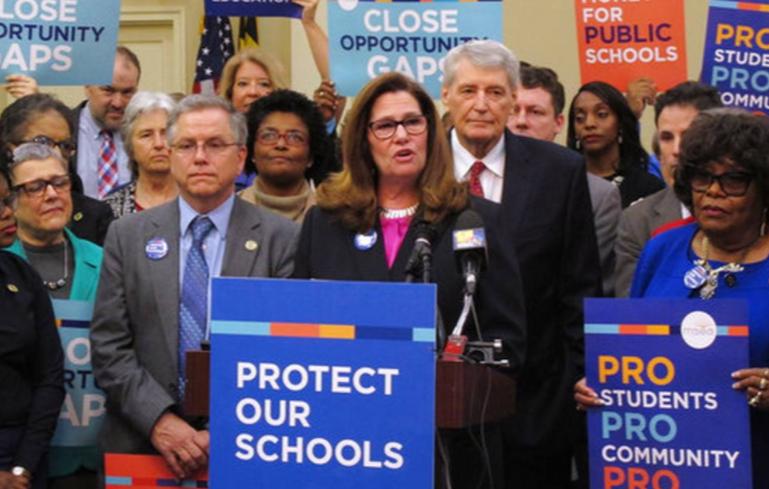Local governments face hundreds of millions in lower property tax collections after a state agency missed a key mailing deadline.
The State Department of Assessments and Taxation failed to mail about 107,000 updated property tax assessments before the deadline at the end of last year, according to senior state lawmakers. Left unfixed, county governments might receive a quarter of a billion dollars less in anticipated property tax revenue over a three-year period.
News of the error trickled out to key lawmakers and county leaders late Tuesday night.
“We haven’t gotten to the absolute details yet,” said Senate Budget and Taxation Committee Chair Guy Guzzone (D-Howard) on Wednesday. “We know it exists. We know there was a mistake made. We know that it’s significant. We rely on the assessments to be accurate and in all cases, right and so, they need to be accurate period.”
The State Department of Assessment and Taxation reviews property values on a triennial basis. Each county and Baltimore City is effectively split into thirds. Every year, one third of each jurisdiction is assessed with the property values phased in over three years.
There are roughly 2.3 million residential properties in the state. This figure does not include commercial properties, railroads or land owned by public utilities, which are also taxed but assessed annually.
This year, residential properties saw a nearly 26% increase in assessed value over the current value. Assessments on commercial properties during the same period increased nearly 18%.
In a statement provided to Maryland Matters Wednesday evening, SDAT’s director, Michael Higgs, explained what went wrong but vowed that property owners would receive their assessment notices soon.
“SDAT utilizes the services of the State’s preferred vendor, the League for People with Disabilities, for the printing and mailing of these reassessment notices, which are typically sent in the final days of December each year,” Higgs said. “This year, SDAT learned of an error in the League’s process that resulted in approximately 107,000 notices not being sent. The League has since resolved the error and the missed recipients will receive notices in the coming weeks.”
Many lawmakers still have not been fully briefed on the problem.
“We are very concerned about any instances of government officials missing legal deadlines to execute their duties,” said House Minority Leader Jason C. Buckel (R-Allegany). “While no one in our caucus has been briefed on what has happened with SDAT, media reporting makes clear that something has obviously gone wrong. We also want to make sure that property owners aren’t subjected to tax bills that are improper under Maryland law. It’s not their fault that SDAT may have failed to abide by Maryland law.”
Some details were consistent among interviews conducted by Maryland Matters.
Guzzone, Senate President Bill Ferguson (D-Baltimore City) and House Ways and Means Chair Vanessa Atterbeary (D-Howard) and House Appropriations Chair Ben Barnes (D-Prince George’s and Anne Arundel) all acknowledged being initially briefed on the problem.
“Obviously, it’s very concerning,” said Ferguson. “I have heard that this is not the first time that something along this line has happened. And so, we’re exploring options for what might be possible but obviously everyone has to pay their fair value.”
The late assessments touch every county and all property classifications that are assessed by the department.
Atterbeary called it a “big mess up.”
Atterbeary, Ferguson, Guzzone and Barnes all said they are just starting to search for a solution.
Left unaddressed, the problem could cost local governments an estimated $250 million over three years.
Both Guzzone and Atterbeary confirmed the size of the potential fiscal hit to local governments.
“It’s a big loss of revenue,” said Atterbeary. “We’ll need a one-year fix and look at how SDAT is structured and does it continue to make sense.”
Part of that fix could include emergency legislation to allow the assessments to be sent out late while protecting property owners’ right to appeal.
The department could put in an emergency bill that allows lawmakers to move quickly to extend the already expired deadline.
“It doesn’t necessarily have to be done in a standalone bill,” said Guzzone. “It could be in another something already existing.”
One such vehicle could be Senate Bill 1027, sponsored by Guzzone, which defines the term “taxpayer” as it applies to property tax appeals.
Atterbeary said lawmakers could also consider putting the changes into the Budget Reconciliation and Financing Act, a separate piece of legislation that is different from the operating budget, used to implement a variety of legislative and financial actions.
But extending the deadline after the fact will raise eyebrows and may draw a legal challenge.
Higgs said SDAT is working with lawmakers to craft a solution.
“The legislation will ensure that the State reassessment can be completed fairly and accurately and that all appropriate revenues are collected,” he said. “Every account in this group will receive a notice in the coming weeks and will be provided with the full 45-day timeframe for appealing the reassessment.”
The effect on state and municipal government budgets is unclear.
“I didn’t get a total number, but it was in the hundreds of millions of dollars, not in the tens of millions,” Ferguson said. “My guess is that would make sense, based on the increased assessment this year, being I think it was, overall, a 20% increase in value overall. So that seems consistent.”
Property taxes are the largest source of revenue for local governments.
“This news is alarming, but we are thankful that legislative leaders have already signaled their intentions to take swift action on this issue,” said Baltimore County Executive Johnny Olszewski Jr. (D), the current president of the Maryland Association of Counties. “It’s critical we ensure local jurisdictions receive their fair share of revenues so that we can remain focused on delivering the core services that our shared residents rely on and expect.”
Criticism of the agency and its director
The latest news about SDAT comes after legislative budget analysts earlier this year identified internal problems in the agency, including a significant shortage of real property assessors on staff, and that the accuracy of property tax assessments continues to worsen.
It is also likely to draw attention to Higgs, the agency’s director.
Higgs was appointed by-then Gov. Larry Hogan (R) in 2016. It was Higgs’ second appointment by the two-term Republican governor.
Initially, Higgs, a telecommunications attorney from Montgomery County, was appointed in 2015 to serve on the Public Service Commission. At the time, he was also chair of the Montgomery County Republican Central Committee.
Higgs’ posts on the social media platform then known as Twitter derailed his confirmation to the commission, which regulates utilities in Maryland.
Higgs has served in the Department of Assessments and Taxation since 2016. Gov. Wes Moore (D), Hogan’s successor, opted not to replace Higgs upon taking office 13 months ago.
Barnes said he and his colleagues on the Appropriations Committee were less than pleased with the responses SDAT officials gave them at the agency’s budget hearing this year.
“At the Appropriations Committee, we’ve felt a bit aggrieved by SDAT this session,” he said.
Barnes, who said he just learned about the SDAT snafu early Wednesday, said that the first priority for lawmakers will be to make sure that counties are not forced to deal with an unanticipated shortfall due to the revenue shortage caused by the delayed tax assessments.
“We’re going to do what we can to help the local governments,” he said. “They can’t absorb that.”
Barnes also predicted that House leaders would look for changes at the agency.
“Long-term, the Appropriations and Ways and Means committees are going to have to look at reforms at SDAT,” he said.
Atterbeary agreed.
“There’s a larger issue,” she said. “There was talk of maybe restructuring it, bringing it under the purview of the [state] comptroller. I think that is worth a conversation. I think this issue underscores that.”
By Bryan P. Sears. Josh Kurtz contributed to this report.


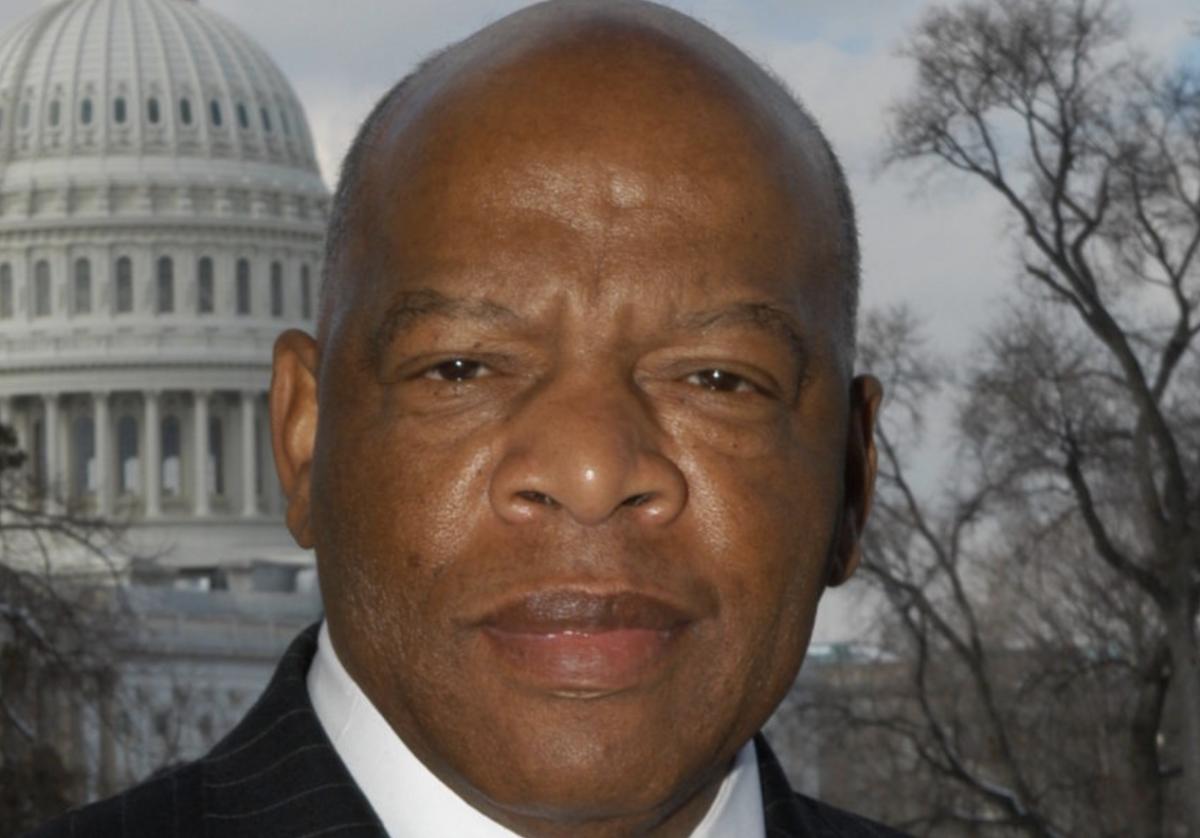
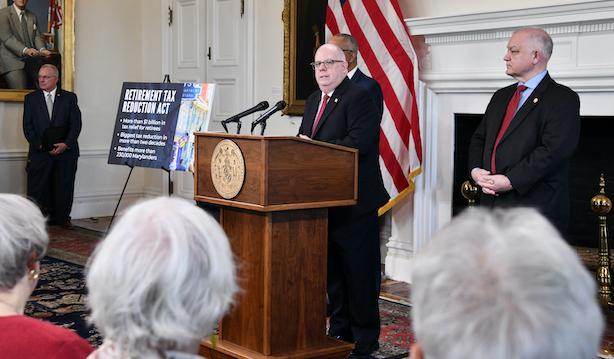

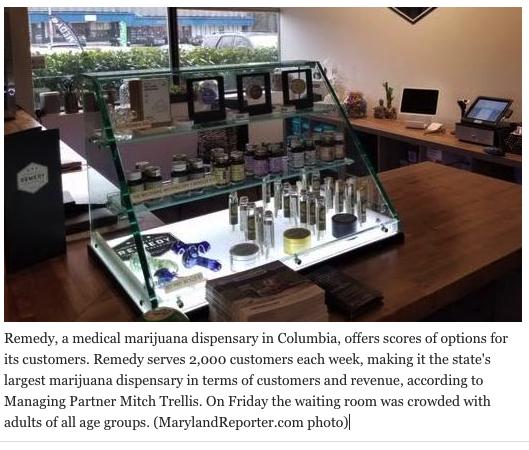
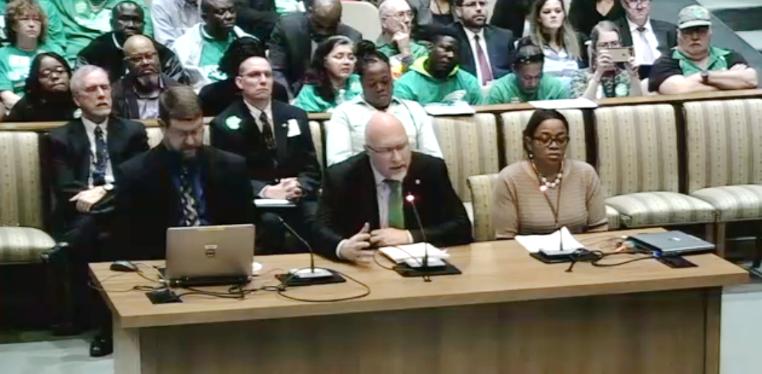
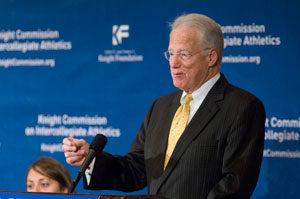

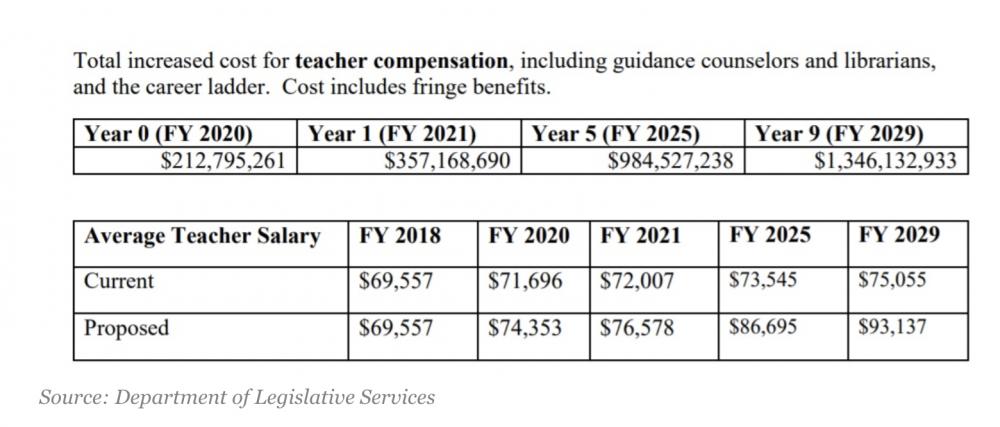
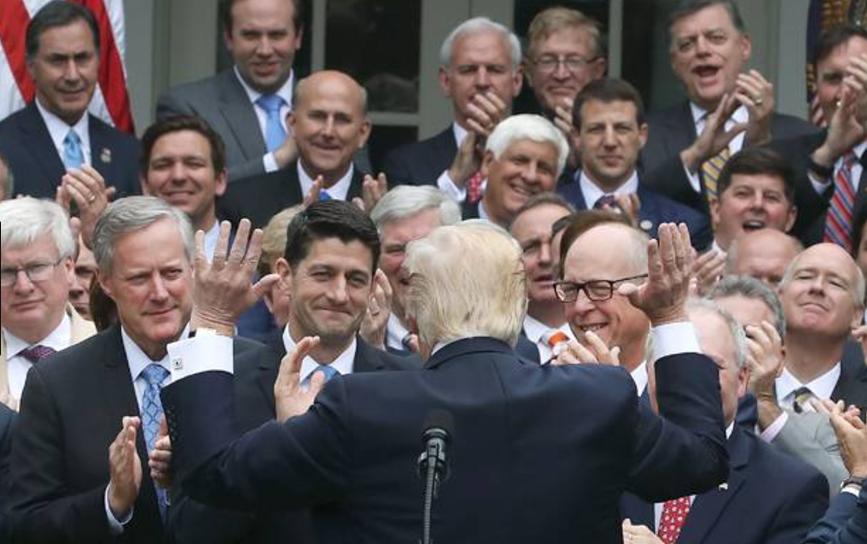
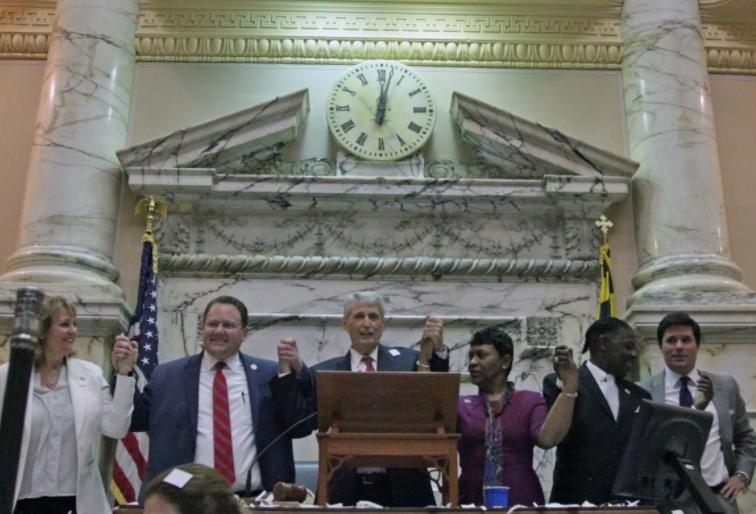
 Despite its many battles, Kipke said the 2017 session was the “most bipartisan” he has seen since he took office. Hogan concurred, telling reporters that 2017 was an “incredible, bipartisan session.”
Despite its many battles, Kipke said the 2017 session was the “most bipartisan” he has seen since he took office. Hogan concurred, telling reporters that 2017 was an “incredible, bipartisan session.”
